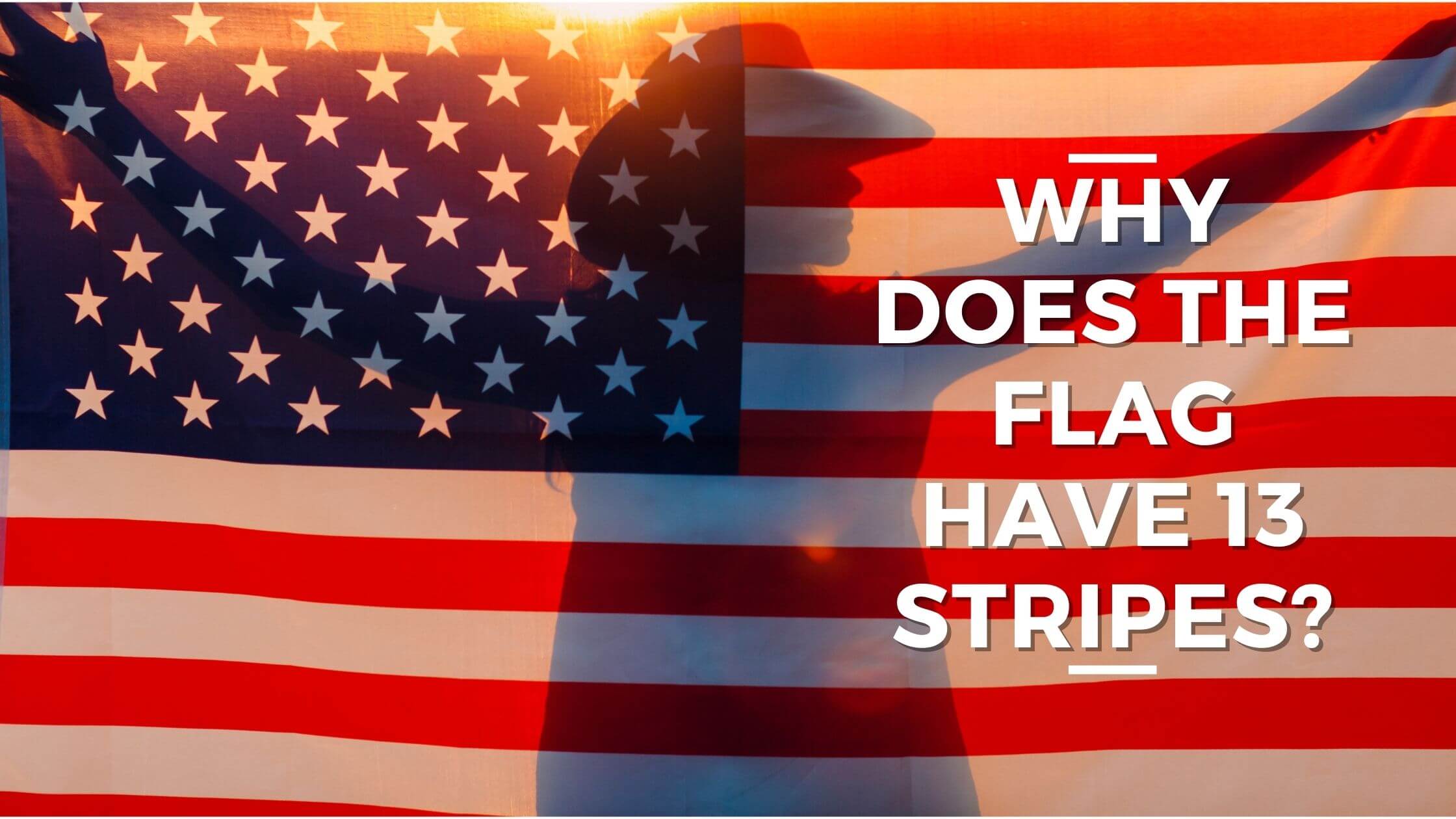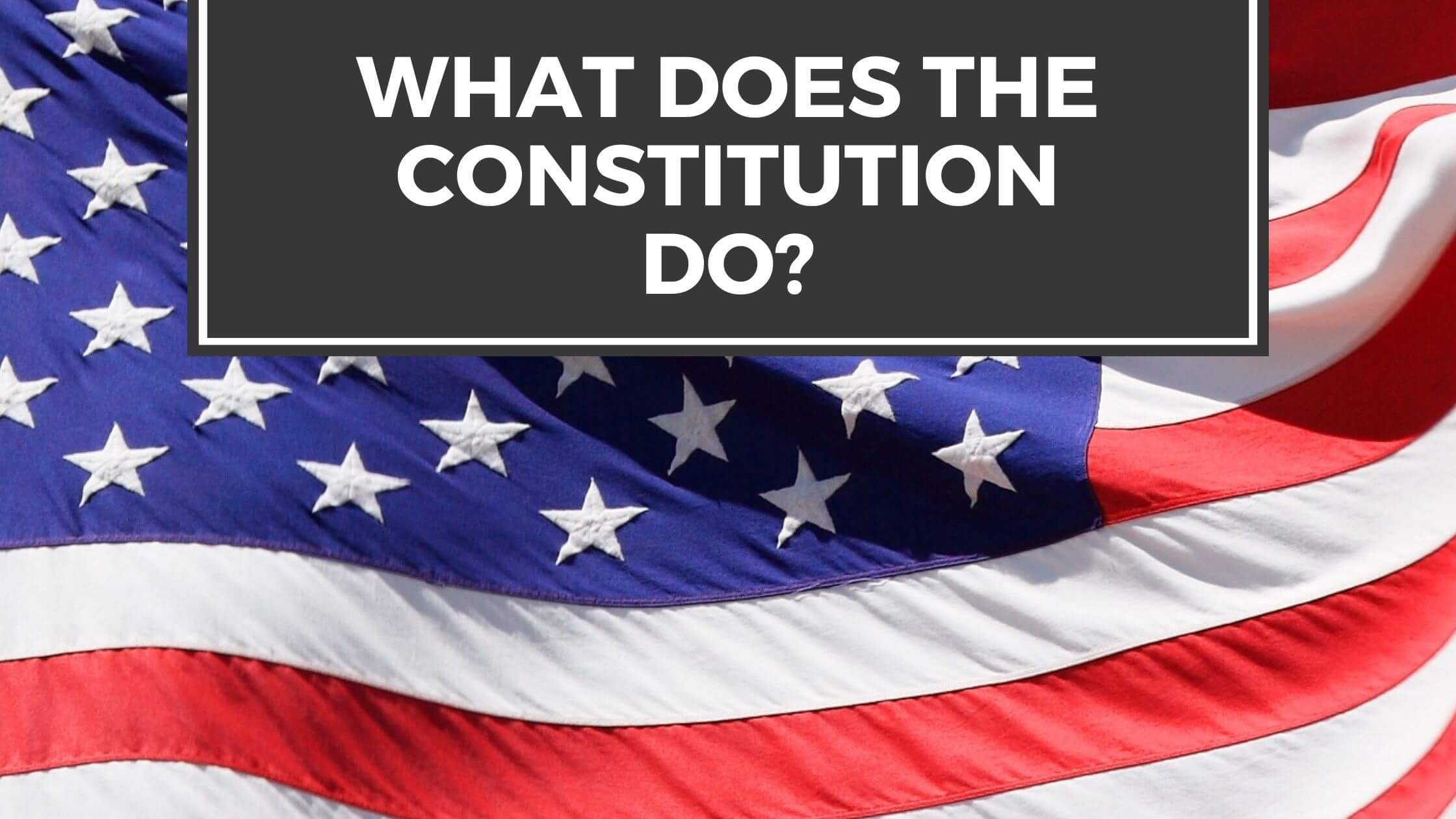Table of Contents
ToggleTo pass the US citizenship test, you will have to answer 10 of a possible 100 questions. The following question is from the USCIS test.
What do we show loyalty to when we say the Pledge of Allegiance?
Acceptable Answers:
- the United States
- the flag
The following is a full explanation of the USCIS question:
Both of these answers are correct. The aim of the Pledge of Allegiance is for citizens to express their patriotism and loyalty to their country, hence the answer of the United States. However, the literal wording is “I pledge allegiance to the flag of the United States of America…”. So, the answer is also the flag.
The Pledge of Allegiance is an interesting part of American culture. It is second nature for those born in the United States to pledge their allegiance to the flag but may seem alien to many outside of it. It helps to know more about the language of the pledge, when it is recited, and some of the controversies surrounding it.
What Does the Pledge of Allegiance Say?
The idea of the Pledge Of Allegiance was originally devised in 1892 but only formally adopted by Congress in 1942. The current version of the pledge says the following. “I pledge allegiance to the Flag of the United States of America, and to the Republic for which it stands, one Nation under God, indivisible, with liberty and justice for all.”
These lines are not the original pledge. The official lines have changed a few times throughout history. The most significant of these was the addition of “under God” in 1954. Adaptations before that changed the wording around the name of the country. It was changed to highlight the United States instead of just the nation and then lengthened to the United States of America.
Where Do People Recite the Pledge of Allegiance?
There may be some controversy surrounding the inclusivity and expectations of the Pledge of Allegiance. But, there is also an expectation among more “patriotic” Americans for the pledge to be a regular part of life, especially in schools and in official capacities.
It isn’t uncommon for government officials and those in government buildings to say the Pledge of Allegiance before meetings. It is a good way of amplifying the idea that the decisions made and the work done are in the nation’s best interests and its people.
A prime example is that the pledge is recited before all congressional sessions. This high-level situation makes sense where these public officials have many eyes on them and want to be seen as patriotic representatives out to do their best work.
Another common situation where we see the Pledge of Allegiance recited is during the Citizenship Test. This is what makes this particular question doubly important. Once a participant demonstrates their knowledge and passes all the elements of the test, they are awarded their citizenship. Part of that ceremony includes pledging allegiance to the country that is their new home and the flag that they will know proudly wave.
The other end of the scale is using the Pledge of Allegiance in school. Many kids grow up saying this pledge each morning to the flag in their classroom. In some cases, it can be seen as bringing kids together and kickstarting a day of positive education. However, it may also be viewed as a mechanism of control.
Is the Modern Version of the Pledge Unconstitutional?
The updated version isn’t popular with everyone because of the inclusion of “under God.” There are concerns it turns the pledge into a Christian recital instead of something that someone of any faith can say.
Furthermore, if people are expected to recite it in a public or official setting, this could go against their religious freedoms. For example, Muslim immigrants could be pressured to say the Pledge of Allegiance on earning their citizenship. Or, there could be children of no faith forced to say this at school.
This suggests that the modern pledge violates the First Amendment in a couple of ways. The First Amendment guarantees the right to freedom of religion. And arguably, freedom of speech should grant people the right not to recite the pledge. All of which leads to important questions over the wording and the mandatory use of the pledge in schools.
Could the Pledge of Allegiance Change Again?
It is possible. The Pledge of Allegiance will most likely go one of two ways. The first is that it will adapt to reflect citizens’ concerns that dislike the religious aspect and the expectations that everyone must say it. The wording may change slightly to reflect modern times and move away from the 1950s approach. The other is that it will remain the same and fall further out of favor with fewer people and schools choosing to use it.
It is also worth reiterating that the Pledge of Allegiance is a rarity, especially in the Western world. Some Asian countries do something similar, but no European nation has this pledge to their nation or their flag. Suggestions for children to sing a new British anthem of patriotism were ridiculed.

Get Smarter on US News, History, and the Constitution
Join the thousands of fellow patriots who rely on our 5-minute newsletter to stay informed on the key events and trends that shaped our nation's past and continue to shape its present.
Saluting the Flag
Finally, continuing the idea of adapting the pledge is another example of a significant adaptation to update the process. It was commonplace for children to salute the flag as they spoke, holding their hand out flat and then raising their palm up. The problem with this is clear when you see photos from the era. It looks like every child is doing a Nazi salute.
The Pledge of Allegiance has adapted over time with some minor amendments and some major ones. There is a sense of fluidity to what is also a rigid tradition where things could change. For now, children and government officials will continue to say those lines to their flag and country.











